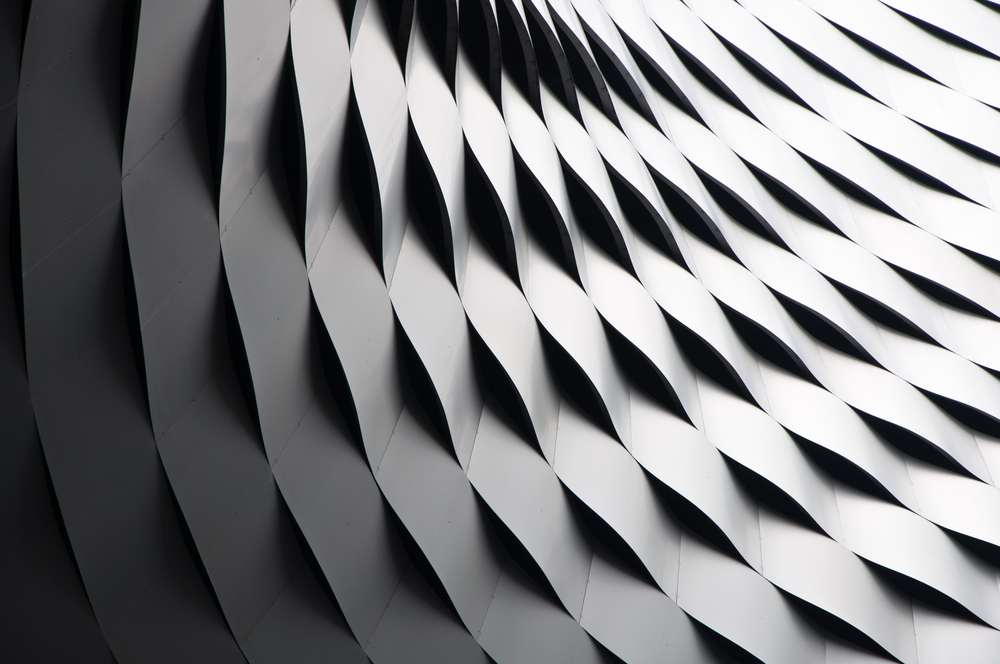In a world in which sustainability and recycling are at the forefront of every single commercial endeavour, aluminium has become a favourite material in artistic endeavours.
As a metal, it has been proven to go through a recycling process an infinite amount of times without any loss to its integrity. Aluminium tin cans, for example, can be discarded, recycled, re-manufactured and back on the shelves in a matter of weeks.
The most iconic artists over the last few decades have incorporated the use of aluminium in their work. Andy Warhol, for example, crafted an aluminium cast of his chicken and rice Campbells soup can, adorning it with a label printed from a silk screen. In fact, his New York studio that he occupied from 1963 was dubbed the ‘Silver Factory’ because the walls were covered with aluminium sheet and sprayed silver.

Artistic properties of aluminium
There are a number of reasons why aluminium is such a brilliant material for art projects:
- Lightweight: this makes it very practical, particularly for larger installations that might need moving around. It also makes it an excellent material for providing a foundational framework.
- Strong and durable: despite it being so lightweight, its strength and durability is not compromised in any way.
- Malleable: this is probably one of the most important properties for the artist. The sheet metal can be folded and bent and manipulated into complex shapes and structures. It is also ductile, which means that it can be extruded into thin wires to add texture and volume to unique pieces.
- Corrosion resistance: while being resistant to corrosion is a positive in one sense, protecting pieces from rusting particularly if they are outside installations, many artists enjoy the process of oxidization in other metals. If rusting is part of the artistic process, then aluminium is not the metal to use.
A wide spectrum of creative uses
The use of aluminium in different projects is only limited by the artist’s own imagination. For example, the African sculptor El Anatsui took thousands of bottle tops which he flattened, then stitched together to create a wall hanging. This 2007 seminal piece is called Dusasa I, and measures nearly 8 metres high by over 10 metres wide.
While sculpture is the natural home for aluminium, it can also be used across different artistic disciplines.
Printmaking
The smooth surface and malleability of aluminium makes it an ideal choice for artists looking to experiment in creating and etching plates for printing. Complex drawings can be scratched into the surface of the metal, and combined with different acids such as muriatic acid and hydrochloric acid which are combined to help absorb the ink into the lines. This process is steeped in tradition, and has been used to create many images of historical, architectural and social value over the centuries. For example, Four Caterpillars and a Snail is an etching produced in 1646 by the Czech artist Wenceslaus Hollar. The print is a detailed record of observations of insect life which are important to biologists studying and categorizing the animal kingdom.
While the metal plate might not have been the same construct as the aluminium of today, it is important to note that the techniques and attention to detail have evolved over time and been adopted by different artists for use according to their own timelines.
The beauty of using aluminium in such art projects is that it will never be wasted. Print plates can be recycled, installations can be removed and recycled. In a world where sustainability is a value which is much lauded, the use of aluminium will continue to be explored and experimented on to express the imaginations of artists across the globe.


